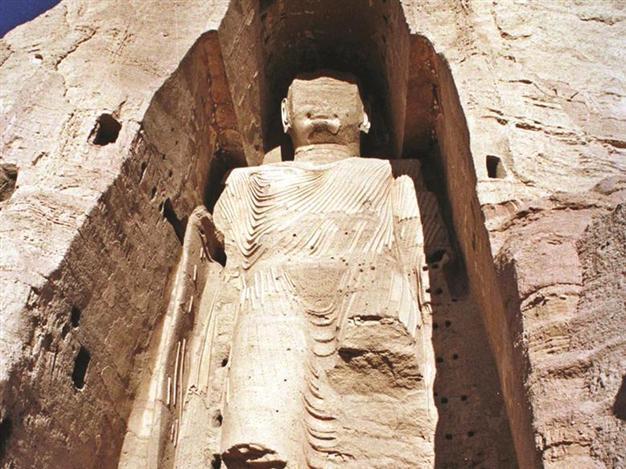Hope still remains for Afghanistan’s buddhas
ISTANBUL

These photos show the state of one of the monumental Buddhas in Afghanistan before and after the destruction. Archaeologists want the buddhas to be rebuilt.
A recent UNESCO decision to not rebuild Afghanistan’s Bamiyan Buddhas, famously destroyed by the Taliban in 2001, has done little to forestall the international community’s desire to reconstruct the sixth-century monuments.Last year UNESCO announced it was no longer considering reconstructing the two Buddhas, which were destroyed with dynamite by Taliban forces in 2001 to prevent “idolatry” in the area. Specialists revealed reconstruction of the larger Buddha would be impossible as there were not enough original fragments available to use in the rebuilding process. The monument’s smaller twin was also unlikely to be rebuilt UNESCO said, even though more pieces remained intact.
However, German archaeologist Bert Praxenthaler, who has been working at the site alongside the Paris-based International Council on Monuments and Sites (ICOMOS) since 2004, has continued to push for the Buddhas to be rebuilt. He has been working at the site to salvage any remaining fragments of the sculpture, some of which weigh up to 40 tons. Fragments of the remaining sculptures are put under a protective covering to preserve them as best as possible.
‘A jigsaw puzzle’
Praxenthaler said he was pursuing a process called anastylosis, which involves putting the fragments back together using a minimal amount of new materials, the BBC reported. “It’s a jigsaw puzzle with missing links but with geological methods we can [help rebuild the Buddhas],” he said.
















